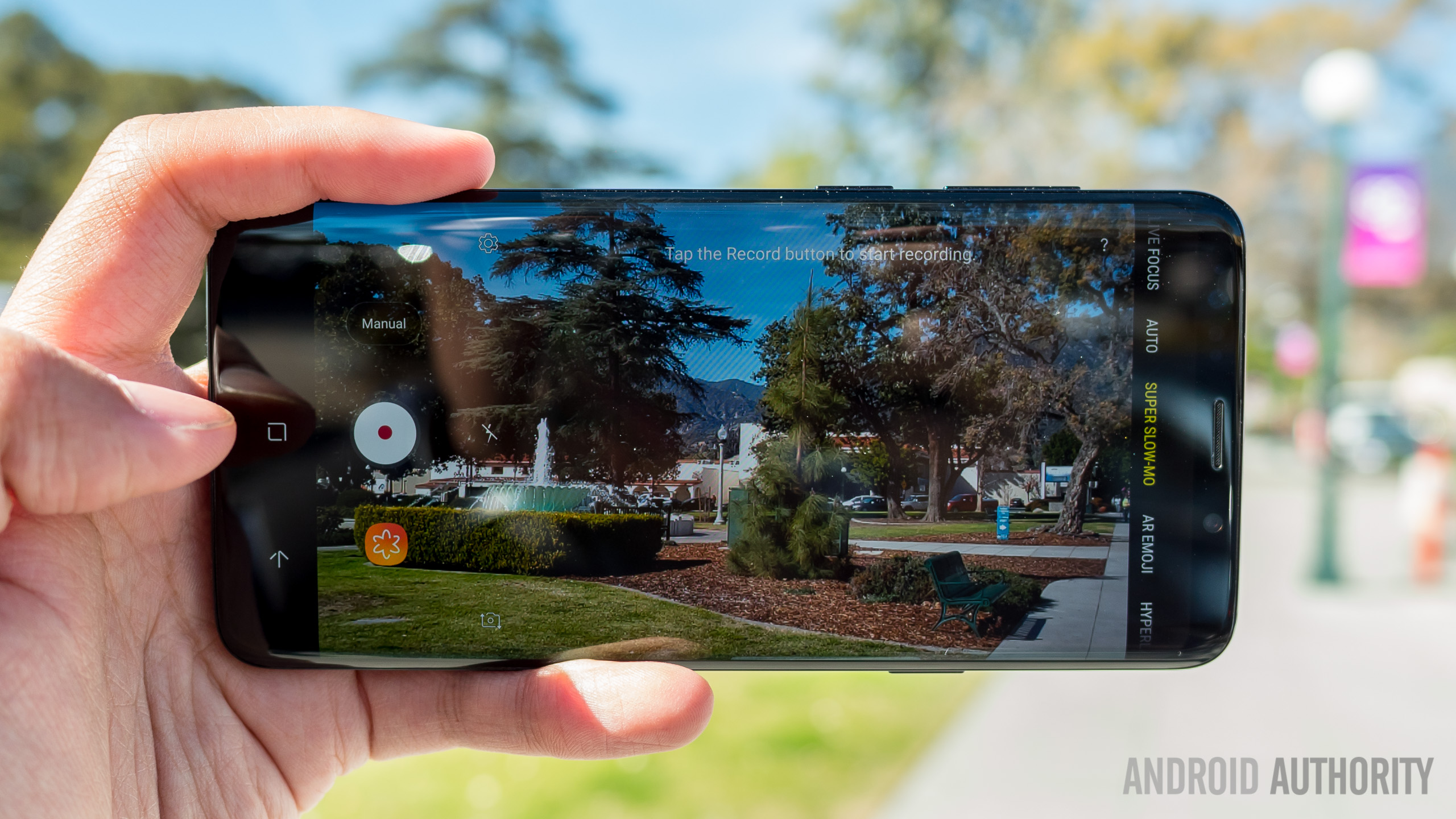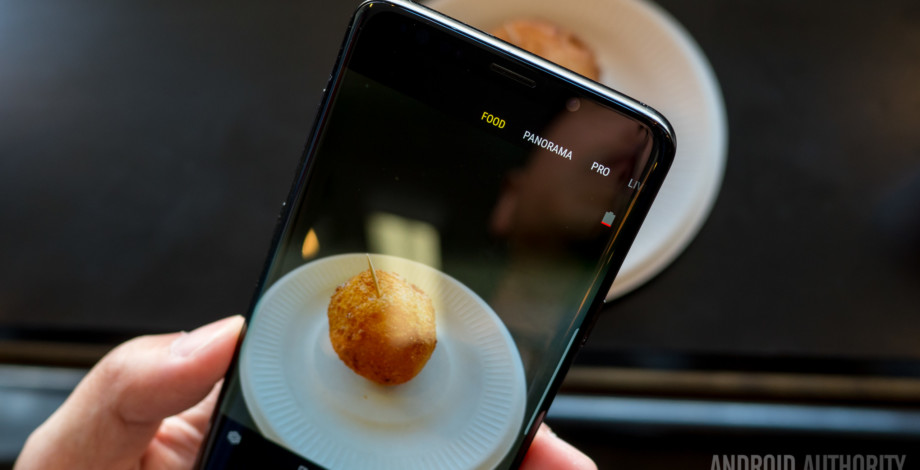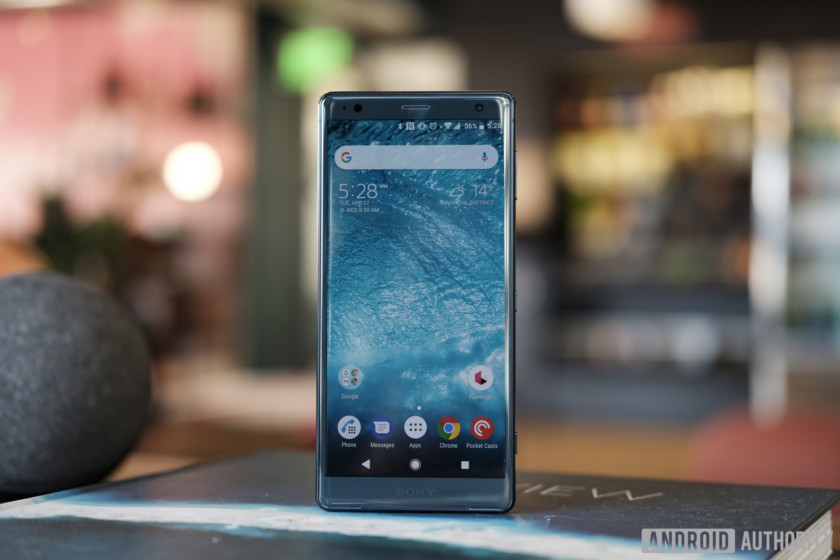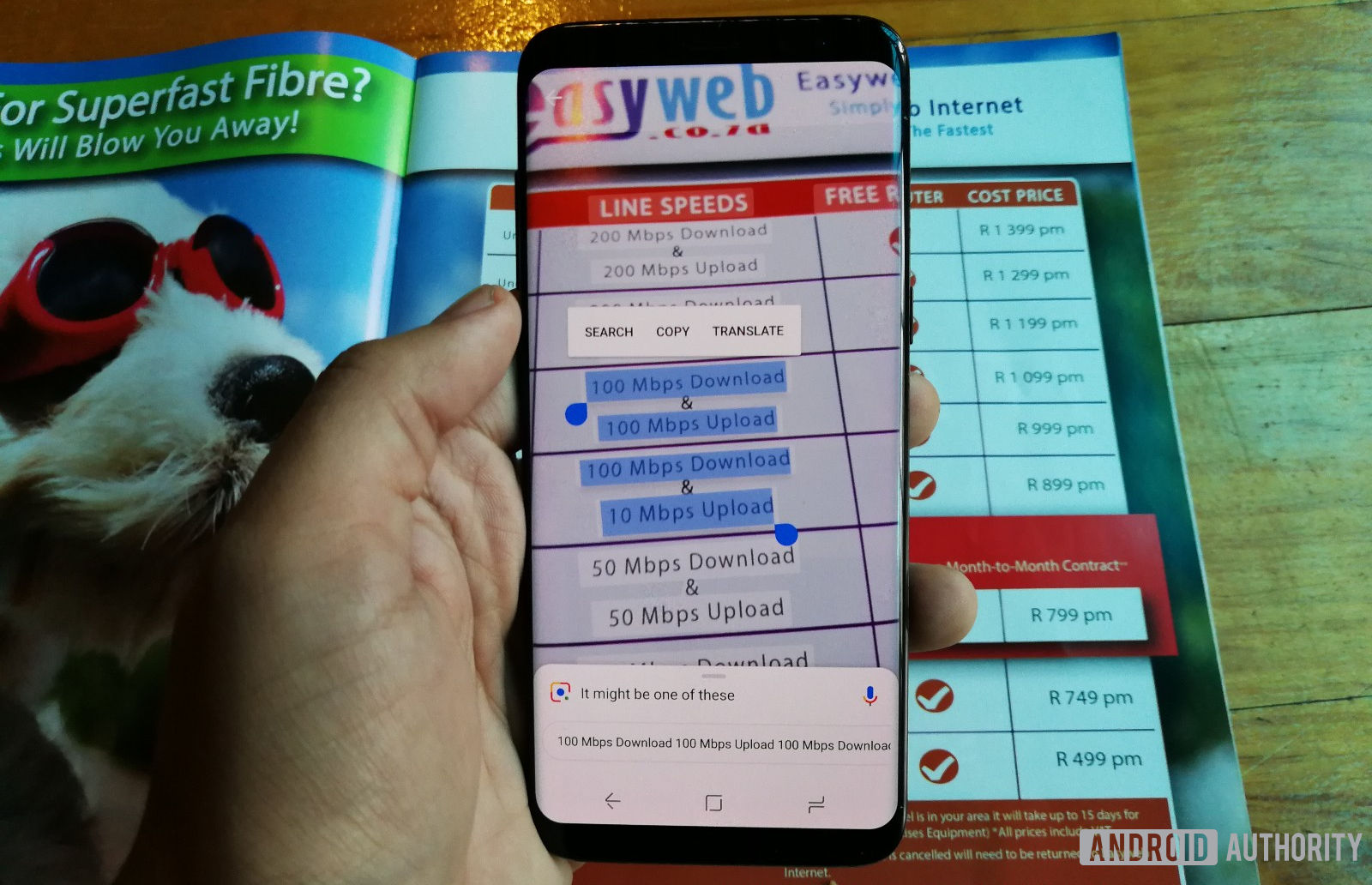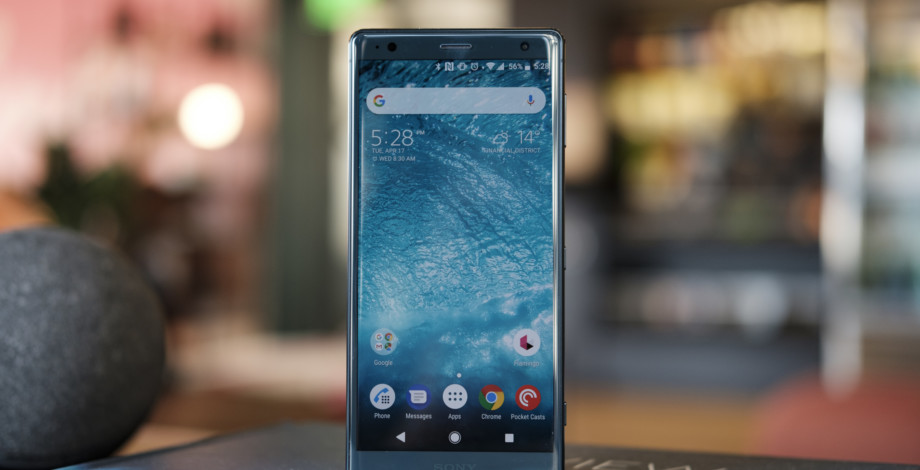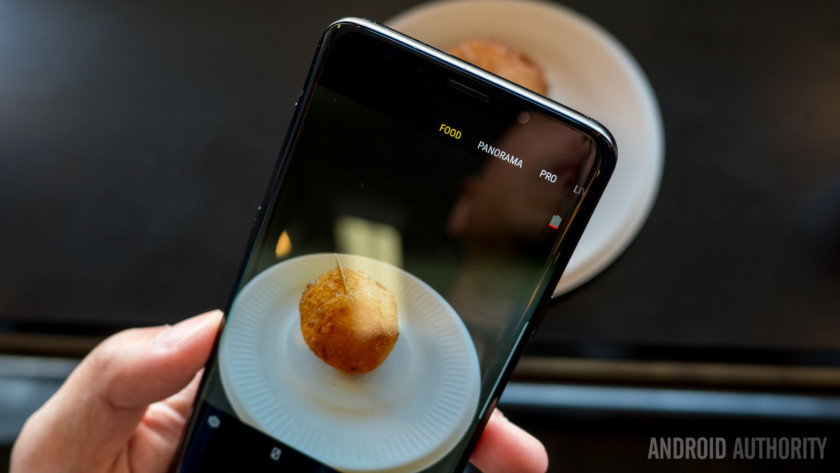
- Samsung’s new ISOCELL Plus camera sensors look set to deliver better color accuracy and light sensitivity in smartphone photos.
- The company has replaced the metal barriers between pixels with barriers made out of a new material.
- Samsung says the new technology will also result in improved super-resolution mobile cameras.
Samsung‘s ISOCELL technology is a common fixture in smartphone sensors, but has just announced its brand-new ISOCELL Plus technology. This tech promises improved color accuracy and better light sensitivity from upcoming smartphone cameras.
In current ISOCELL camera sensors, a physical metal barrier is laid down between pixels in order to “reduce color cross-talk,” Samsung explains on its website. The metal barrier has a side-effect of absorbing or reflecting incoming light, leading to reduced photo quality, it says.
The ISOCELL Plus technology replaces that metal barrier with a new material developed by Fujifilm, improving photo quality by reducing reflection/absorption. More specifically, Samsung is claiming a 15 percent improvement in light sensitivity and higher color fidelity.
Higher resolution cameras to see benefits
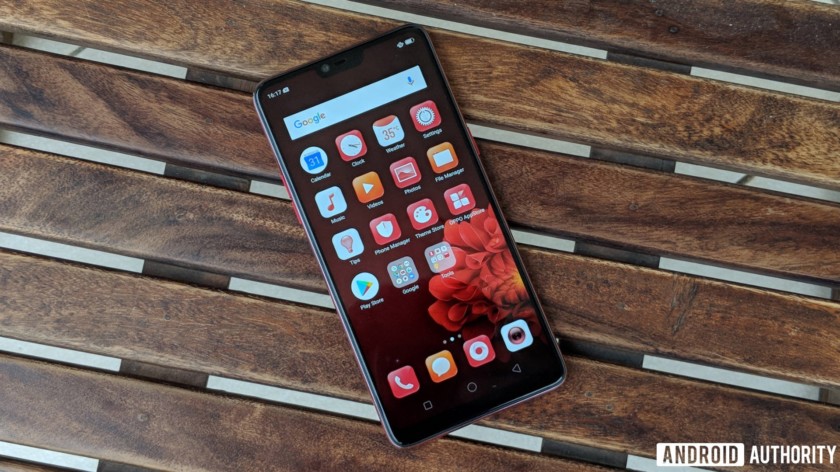
The Oppo F7 features a 25MP selfie camera.
ISOCELL Plus sensors will also be a boon for higher resolution cameras. In fact, the Korean company said the tech would allow for 0.8 micron and smaller pixels. This therefore makes it ideal for “super-resolution cameras with over 20 megapixels,” which usually have small pixels.
Most high-resolution smartphone cameras traditionally excel during the day but falter at night. Better night-time snaps can be accomplished with a large image sensor (increasing the phone’s thickness), pixel-binning (delivering brighter but lower-resolution snaps) or a dual-camera setup. The new Samsung technology potentially opens the door for another solution, without sacrificing size or resolution.
The light-boosting technology could also be a plus for telephoto cameras, which generally suffer in low light due to their smaller apertures. It probably won’t lead to game-changing quality at night, but it could still be an improvement over current telephoto zoom cameras.
Samsung is showing off the tech at Mobile World Congress Shanghai (running from today until June 29) but it hasn’t announced when the first phones with ISOCELL Plus sensors will launch. With the technology completed, though, it can’t be long before it’s commercialized.
